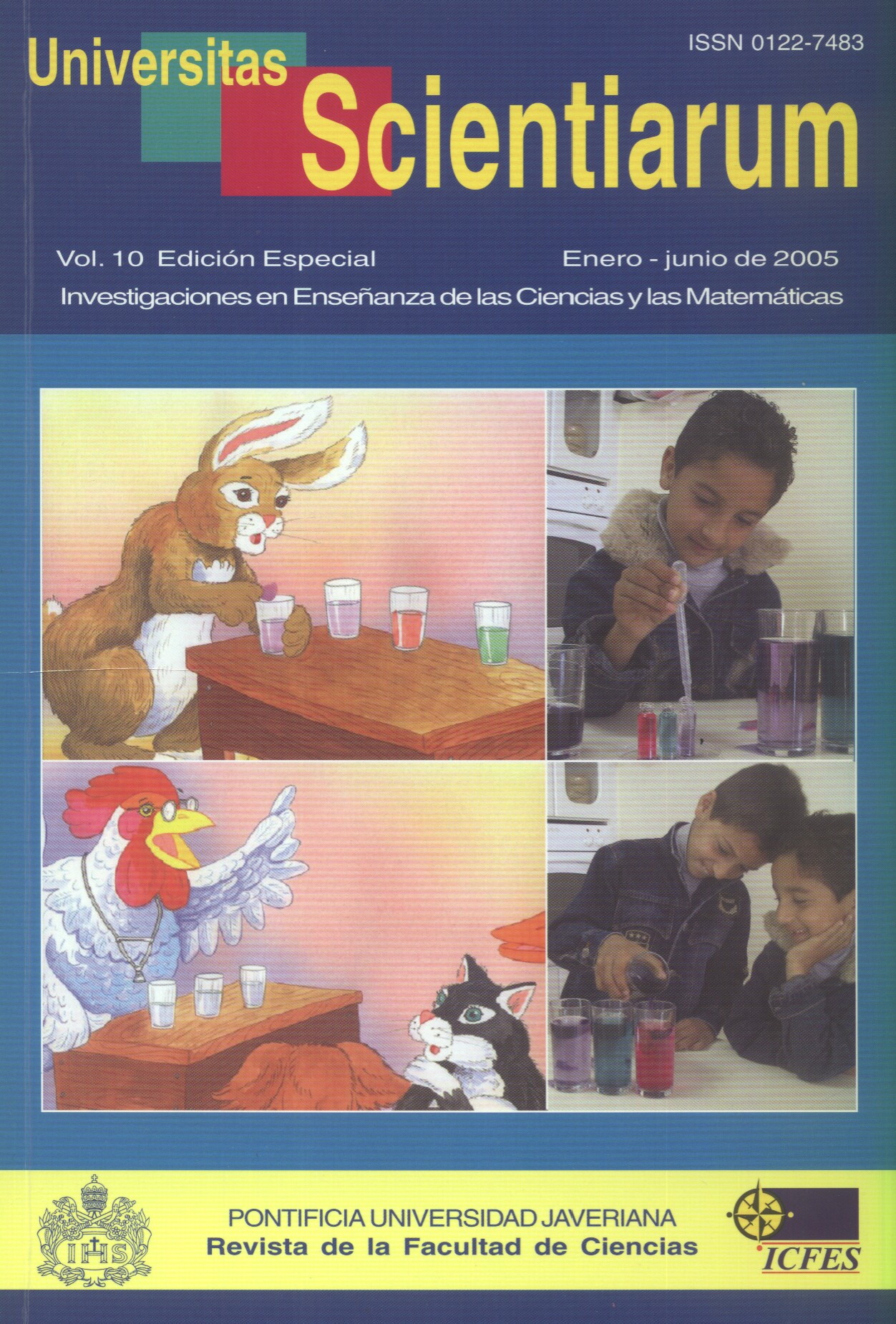Abstract
Se resuelve la ecuación de onda y se efectúa la simulación de la solución obtenida, usando el programa Mathematica, para el caso de una cuerda elástica tensa con un extremo fijo y el otro libre. Esto se propone como ejemplo para la enseñanza de los fenómenos ondulatorios mecánicos en cursos de física general para estudiantes de ciencias e ingeniería. El ejemplo orienta al estudiante en el análisis crítico mientras aprende conceptos fundamentales de física, además puede ser extendido al caso bidimensional y constituye una base sólida y adecuada para otros temas como las ondas electromagnéticas y la mecánica cuántica.Univ. Sci. is registered under a Creative Commons Attribution 4.0 International Public License. Thus, this work may be reproduced, distributed, and publicly shared in digital format, as long as the names of the authors and Pontificia Universidad Javeriana are acknowledged. Others are allowed to quote, adapt, transform, auto-archive, republish, and create based on this material, for any purpose (even commercial ones), provided the authorship is duly acknowledged, a link to the original work is provided, and it is specified if changes have been made. Pontificia Universidad Javeriana does not hold the rights of published works and the authors are solely responsible for the contents of their works; they keep the moral, intellectual, privacy, and publicity rights. Approving the intervention of the work (review, copy-editing, translation, layout) and the following outreach, are granted through an use license and not through an assignment of rights. This means the journal and Pontificia Universidad Javeriana cannot be held responsible for any ethical malpractice by the authors. As a consequence of the protection granted by the use license, the journal is not required to publish recantations or modify information already published, unless the errata stems from the editorial management process. Publishing contents in this journal does not generate royalties for contributors.



